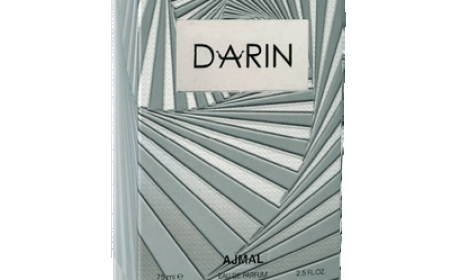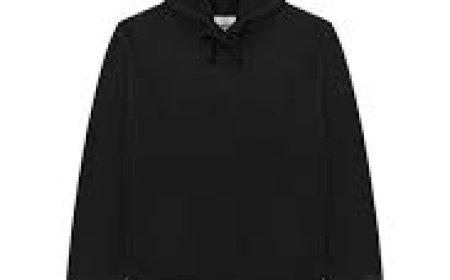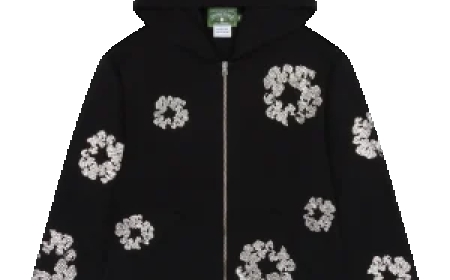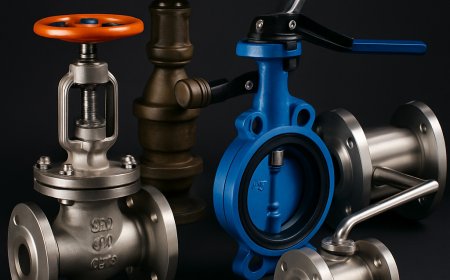Tree Pruning: The Complete Guide to Healthier, Safer, and More Beautiful Trees
Pruning is more than a cosmetic task—it’s essential for the long-term health, safety, and beauty of your trees. Done right, pruning can extend a tree’s lifespan, prevent future issues, and keep your yard looking great. Whether you do it yourself or hire a professional, regular pruning should be a core part of your tree care plan.
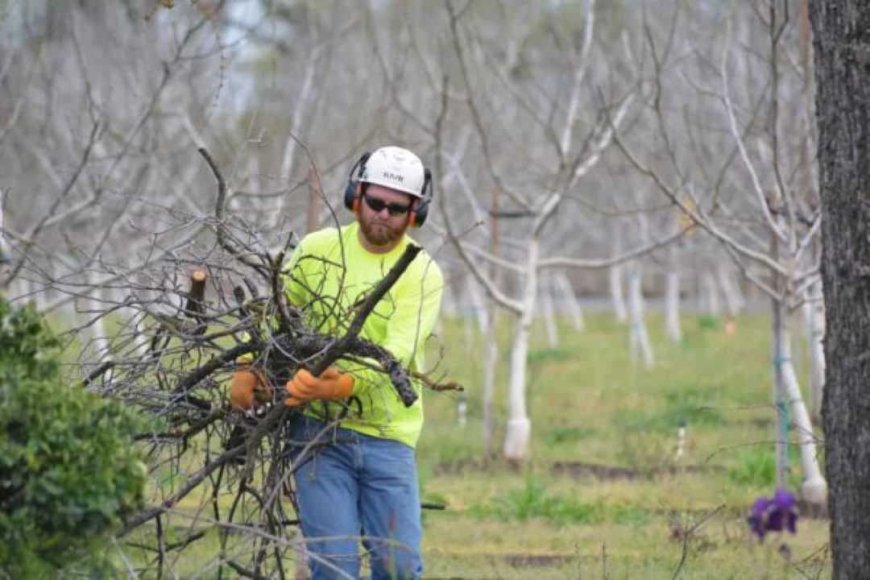
Tree pruning isnt just about keeping your trees looking nice. Its one of the most important things you can do to ensure their long-term health, safety, and structural strength. Whether you're a homeowner trying to improve your landscape or a property manager concerned about liability, pruning is a critical part of tree care.
The Benefits of Pruning Trees
Encourages Healthy Growth
Removing dead, damaged, or diseased branches helps the tree redirect energy to healthy limbs and roots.
Improves Appearance
Well-pruned trees look more balanced and attractive. It also increases curb appeal.
Prevents Disease and Pest Spread
Cutting off infected limbs prevents problems from spreading to the rest of the treeor to nearby trees.
Enhances Safety
Trimming weak or overhanging branches reduces the risk of injury or property damage during storms.
Different Types of Tree Pruning
Crown Thinning
Selective removal of branches throughout the canopy to increase light and air flow.
Crown Raising
Removing lower branches to improve clearance for vehicles, buildings, or pedestrians.
Crown Reduction
Reducing the overall size of the tree while maintaining its natural shapeideal for power line clearance.
Deadwooding
Removing dead or dying branches that can fall and cause injury.
Pollarding
A regular pruning system where branches are cut back to the same growth points annually (commonly used in urban trees).
When Is the Best Time to Prune Trees?
Pruning by Season
-
Winter (Dormant Pruning): Best for most trees. Encourages spring growth.
-
Spring: Good for flowering trees after blooms fade.
-
Summer: Ideal for corrective pruning and removing fast-growing suckers.
-
Fall: Generally not recommended due to fungal spores and slower healing.
Pruning by Tree Type
Each species has its ideal pruning window. For example:
-
Oak trees: Mid to late winter
-
Maple trees: Late summer
-
Fruit trees: Late winter or early spring
Signs Your Tree Needs Pruning
-
Branches crossing or rubbing
-
Dense, dark canopies
-
Dead or diseased limbs
-
Uneven shape or growth
Tree Species and Their Pruning Needs
Deciduous Trees
Need regular thinning to maintain strong structure and promote sunlight.
Evergreen Trees
Require minimal pruning; often just lower limbs and occasional shaping.
Flowering Trees
Timing is importantprune spring bloomers after flowers fade; fall bloomers can be pruned in early spring.
Fruit Trees
Need annual pruning to improve air flow and increase fruit production.
Tools Needed for Effective Pruning
-
Hand Pruners: For small branches under inch
-
Loppers: For medium branches (up to 2 inches)
-
Pruning Saws: For thicker limbs
-
Pole Pruners: To reach higher branches
-
Safety Gear: Gloves, helmet, goggles, harness
How to Prune Trees Properly
Step-by-Step Process
-
Identify target branches
-
Make a clean cut just outside the branch collar
-
Use three-cut method for larger limbs (to prevent bark tearing)
-
Avoid cutting into the trunk
-
Disinfect tools between trees
Common Mistakes to Avoid
-
Over-pruning (removing more than 25% of canopy)
-
Topping the tree (leaves tree vulnerable and unsightly)
-
Flush cuts (damage healing process)
Tips for Clean, Healthy Cuts
Use sharp tools, cut at the right angle, and avoid leaving stubs.
DIY Pruning vs. Hiring a Professional
When to Do It Yourself
-
Small trees or shrubs
-
Dead branches near ground level
-
Light shaping
Risks of Improper Pruning
-
Damage to tree health
-
Increased risk of breakage
-
Exposure to diseases
-
Personal injury
Hiring a Certified Arborist
For large trees or complex jobs, always hire a certified and insured arborist. They know how to make the right cuts safely.
Tree Pruning Safety Guidelines
-
Never use ladders near power lines
-
Wear protective gear
-
Know your limitsif it's above your head, call a pro
-
Use tools properly and maintain them regularly
Tree Pruning and Local Regulations
Do You Need a Permit?
Some cities require a permit for pruning large or heritage trees. Check with your municipality.
Protected Tree Species
Certain species may be protected or regulated due to age, size, or environmental importance.
HOA or Municipal Rules
Homeowners associations or city landscaping codes may have their own tree maintenance rules.
Pruning for Tree Health and Longevity
-
Prune young trees to establish good structure
-
Remove branches with poor angles
-
Open the canopy for better light and airflow
-
Thin the crown to reduce wind resistance
Aesthetic Pruning for Landscape Design
-
Shape trees to frame your house
-
Trim to open up views
-
Guide growth away from buildings or walkways
-
Keep the overall look balanced and symmetrical
Special Cases: Pruning Damaged or Storm-Affected Trees
Identifying Damage
Look for split limbs, hanging branches, or cracked trunks after storms.
Emergency Pruning Techniques
Remove hazards immediately and support weakened sections.
Preventing Future Breakage
Thin canopies and remove weak branch unions before storms strike.
Cost of Tree Pruning Services
Pricing by Tree Size and Location
-
Small trees: $75$250
-
Medium trees: $200$500
-
Large trees: $400$1,000+
Factors That Influence Cost
-
Tree size and species
-
Location and accessibility
-
Risk factors (proximity to power lines, buildings)
-
Number of trees
Getting Accurate Quotes
Get 23 estimates and ask if cleanup is included.
Tree Pruning for Orchards and Fruit Production
When and How to Prune Fruit Trees
-
Late winter or early spring before buds break
-
Remove deadwood, crowded limbs, and water sprouts
Boosting Yield and Tree Health
Encourages more sunlight into canopy, improves airflow, and reduces disease risk.
Seasonal Fruit Tree Care Tips
-
Summer: Light shaping
-
Fall: Remove broken or diseased branches
-
Winter: Structural pruning
-
Spring: Fertilization and watering
Conclusion
Pruning is more than a cosmetic taskits essential for the long-term health, safety, and beauty of your trees. Done right, pruning can extend a trees lifespan, prevent future issues, and keep your yard looking great. Whether you do it yourself or hire a professional, regular pruning should be a core part of your tree care plan.
FAQs
How often should trees be pruned?
Most trees should be pruned every 13 years depending on species and health.
What happens if you dont prune a tree?
Unpruned trees can become overgrown, weak, and more prone to disease and storm damage.
Can pruning kill a tree?
Yesif done incorrectly or too aggressively. Always follow proper pruning practices.
What is the best time to prune trees?
Winter is best for most trees, but timing depends on species and your goals.
Is it okay to prune trees in the summer?
Yes, for minor shaping or to remove dead/damaged limbs. Avoid heavy pruning in peak heat.






